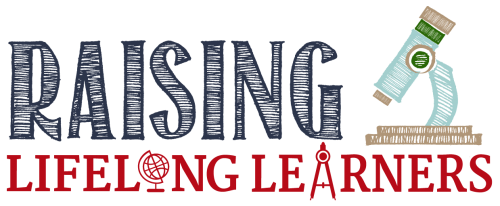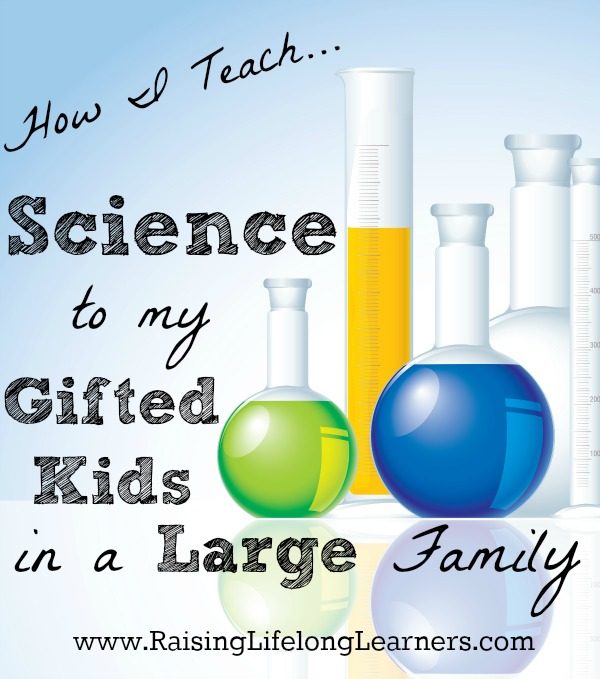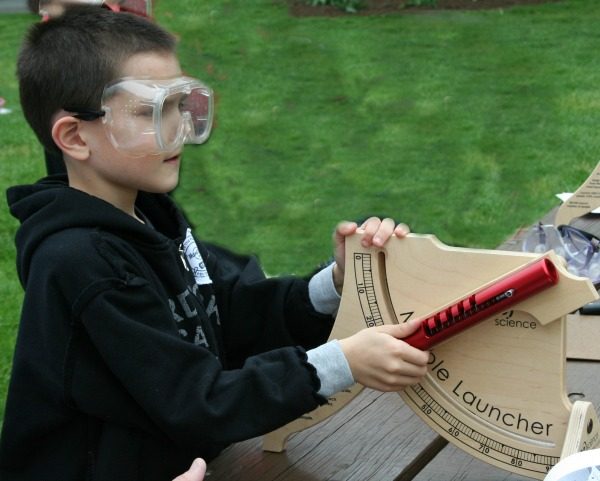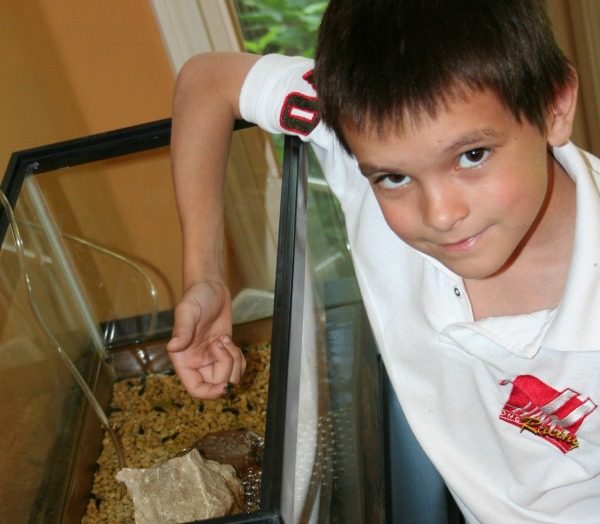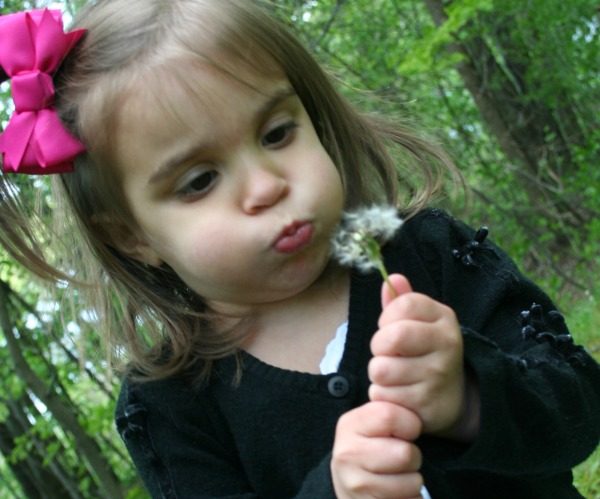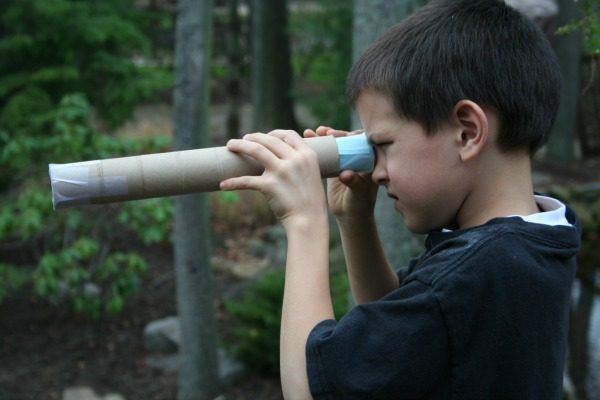How I Teach Science to Gifted Kids at Home
True story — my son looked over my shoulder as I edited the picture for this post and said, “Oh! This will be a good one. When can I read it?” I asked him why he thought it would be good, and he said, “Well, you’re a science writer and I know so much about science already because of you.”
Which I thought was really nice and sweet… and he was rewarded with a big bowl of ice cream.
Now I just need to live up to his expectations.
This post contains affiliate links. Thank you for your support.
Let me just start off by saying, I’m not a scientist. I’m a lifelong learner who loves the discovery aspect of science. I started freelance writing for the educational market and writing nonfiction books for kids when Molly was a newborn, and fell in love with science writing.
And, because my world was full of creating, testing, and adapting science experiments for book and magazine projects, my kids became my guinea pigs and photo models. And we all fell in love with discovery-based learning, particularly when it involved science.
As a result, I don’t teach science to my kids.
We play science together all the time.
Science as Play
Inquiry and scientific thinking is the most important part of a science curriculum in the elementary years. Kids need to think like scientists. Kids need to wonder, ask questions, and explore. Especially when they are little.
I load the house with nonfiction books, puzzles, and toys that relate to the natural world so the kids’ play centers around science and nature. They talk through their observations and ideas about their world as they play.
The kids have access to giant test tubes, binoculars, magnifying glasses, bug boxes, microscopes, telescopes, and other science tools from the beginning. When they’re interested in something, I set up a discovery table for them and their siblings to play at. For example, each spring the kids go crazy for tadpoles. When we lived in a house with a backyard pond, we’d scoop up a tank full of frog spawn, set it on a low table with viewing tools, frog life cycle toys, coloring pages, science journals, and books, and the kids would watch their frogs grow every day.
Just for fun.
Science and Nature Study
I think kids need to get outside every day. They need fresh air and exposure to nature. I’ll admit, though, that I don’t always follow through on this.
It’s not too hard, so I feel bad when I keep the kids cooped up simply because I don’t want to go outside. Nature study doesn’t have to be elaborate or even planned. Digging in a patch of dirt in the backyard, planting a garden in the “yard” of the playhouse, looking on sidewalks for fallen leaves and seeds…these all count for little ones. The key is helping the discover, observe, and question. And then search for answers.
For easy lessons and unit studies based on my kids’ interests or during different seasons of the year, I love NaturExplorers from Cindy West. Each of these inexpensive nature studies contains more information than I could possibly use at once, making it a fabulous resource for picking and choosing what I’d like to have the kids learn.
For my littlest, I use the adorable Nature Study for Toddlers and Preschoolers by Maureen Spell.
Science Curriculum
Here’s where I admit that I don’t use a curriculum for science and, despite looking into several and loving what I see, probably never will. Honestly, there are some amazing programs out there. I adore my friends at Apologia and think their science texts and notebooking journals are awesome. The Christian Kids Explore program from Bright Ideas Press {another group of fabulous people} looks fantastic.
I just cannot tie myself to any single curriculum, no matter how hard I try.
Maybe that will change as the kids get older or head into the high school grades, but for now, we simply explore what we want to — or what I’m writing about.
When I wrote Hands-On Ecology we planted gardens, built worm bins, and mapped off areas in which to count organisms.
As I developed my first eBook, and the first in the Science for Smart Kids series, Electricity and Magnetism, the kids played with magnets, built electromagnets, tested circuits, and rewired small electronic devices while playing with Snap Circuits in their free time.
Coming up with brain teasers and mini experiments for Super Smart Science found me writing challenges on the whiteboard every morning for Trevor to try.
And, when Trevor was interested in learning about the solar system, we went to meetings of the Cleveland Astronomical Association, visited the planetarium, built a huge lapbook from scratch, and read complex and advanced books and watched documentaries about planets, stars, and other celestial bodies.
If your kids are like mine, and enjoy skipping around, some of the books I’ve written for Prufrock Press might be fun for you to try. While they were written with a classroom full of kids in mind, all of the activities are easily adapted for home, and every experiment and activity has been done with my kids.
Science as Discovery
The bottom line, for me, is that science is about the love of discovery. In the early years — and by this I mean preschool through middle school — getting kids to realize that a scientist isn’t a funny old guy with crazy hair that stays locked in a lab all the time is the most important. Teach them to see themselves as scientists. Teach them to know that the possibilities are endless and they can do and learn anything they want to.
What about you? Do you use a science curriculum? Unit studies? Lapbooks? Or do you just explore whatever your child is interested in at the moment? Share if you can — leaving a comment — there’s someone who can benefit from your experience.
